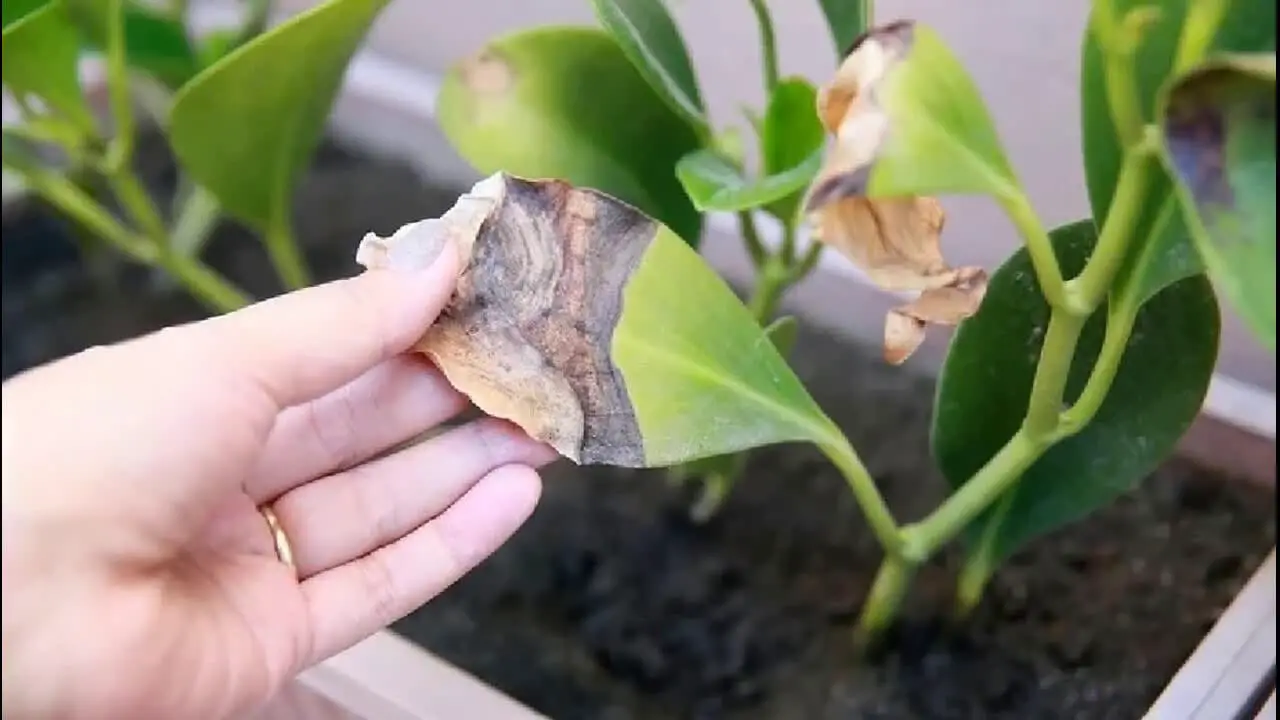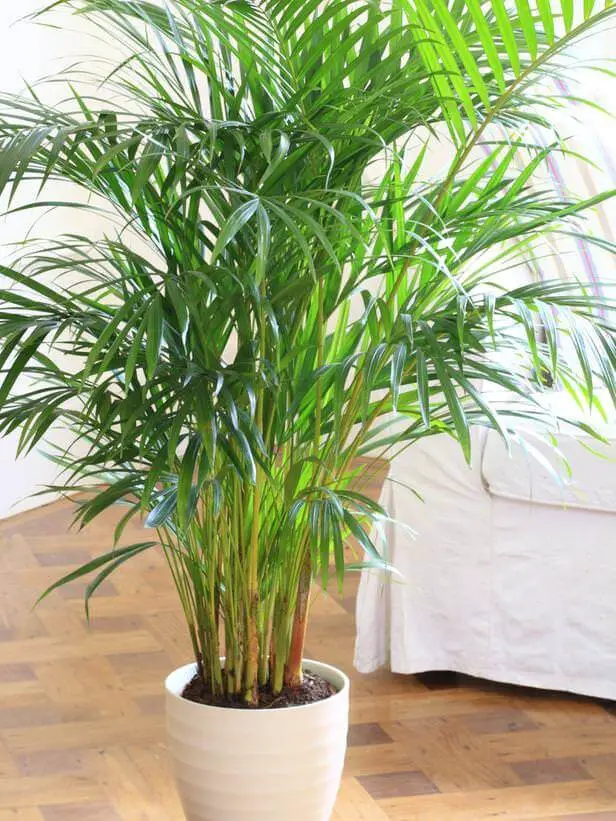Understanding Plant Death: The Most Common Reasons Houseplants Fail
While they may appear thriving in their store-bought glory, houseplants can quickly decline once brought into a home environment. The good news is that most of the common causes of demise are avoidable with some simple knowledge and care. Here’s a rundown of the top reasons why your plants might be on their way out:
Overwatering

Many houseplants meet their demise due to excessive watering. While all plants require water to survive, the amount needed varies greatly between species. For instance, cacti and succulents like the Jade Plant demand much less water than a Baby Tears. When overwatered, oxygen is forced out of the soil, causing root rot that can lead to limp, yellowing leaves and soft, mushy stems. In severe cases, an unpleasant odor may develop. Fortunately, preventing overwatering is relatively straightforward.
To avoid this common pitfall, it’s essential to understand each plant’s unique needs. Next, always check the soil moisture before watering by inserting your finger, pencil, or using a moisture meter – a simple and inexpensive tool available at most garden centers. Aim for a ‘moist’ reading, as this indicates the perfect level of hydration. Finally, ensure that plants are potted in containers with proper drainage to prevent waterlogged soil.
Underwatering

Houseplants that succumb to underwatering often exhibit a range of distressing symptoms. One of the most telling signs is a lackluster appearance, with dry, brown, and crispy foliage. Some plants may drop their leaves altogether, while others will retain them but see their stems and leaves become shriveled and brittle.
The key takeaway here is that prevention strategies for underwatering are identical to those for overwatering – ensuring the right balance of moisture in your plant’s environment is crucial.
Too Much Light

Plants require light to undergo photosynthesis and grow, but excessive exposure can have detrimental effects. A common misconception is that more light is always better for plant growth. In reality, too much sun can cause damage similar to sunburn in humans. The signs of overexposure include faded leaves, yellowish white spots, and wilting.
To prevent these issues, ensure your plants receive bright indirect light only by placing them in areas where sunlight is filtered through a curtain or other obstacle. This simple adjustment can help maintain optimal growing conditions for your plants.
Too Little Light

In a surprising twist, light deficiency can be just as detrimental to plant growth as excessive illumination. When plants are deprived of sufficient light, photosynthesis is severely impaired, leading to stunted growth, leaves that are abnormally small and pale, and stems that become limp. To mitigate this issue, ensure that even low-light tolerant plants receive at least several hours of bright, indirect light or partial shade daily.
Dry Air

Most houseplants struggle to thrive in dry environments, where air is devoid of moisture. The consequences are stark – leaves can wither away, sporting dried out tips and brown, curled edges, while insects find an inviting haven. A prime example of this is spider mites, which flourish in hot, arid conditions. To mitigate these effects, consider employing a humidifier if possible.
Alternative solutions include placing plants together to create a more humid microclimate, frequent misting sessions, or using humidity trays to maintain optimal moisture levels.
Drafts and Cold Air

When it comes to providing the right environment for your houseplants, it’s crucial to avoid certain areas of your home. One common mistake people make is placing their plants near air conditioning units or drafty spots. The consistent airflow and temperature fluctuations can be detrimental to your plant’s health. Another often-overlooked factor is windowsills. While a sunny windowsill can be perfect for houseplants in the winter, the temperature drops significantly at night.
In fact, it’s not uncommon for the temperature to drop so low that frostbite can occur if you’re not careful. To avoid this, make sure to keep your plants away from windowsills on cold nights and consider using a space heater or other warming device to maintain a comfortable temperature.
Infestations/Infections

When bringing home a new plant, it’s not uncommon to encounter issues that were already present in the plant. This is especially true when purchasing plants from discount bins or clearance shelves, as these often harbor problems that need attention. To avoid costly mistakes, make it a habit to inspect plants thoroughly before making a purchase. Take a closer look at the soil, gently lift the leaves, and invert the pot to check for signs of root growth escaping through drainage holes.
By prioritizing the healthiest, freshest options, you can significantly minimize the risk of houseplant failure.
Related Posts
For those who want to bring a touch of greenery into their homes, houseplants are an excellent choice. To ensure your flowering houseplants thrive indoors, it’s essential to follow some simple care tips and consider the right plants for your space. In this section, we’ll explore 4 key takeaways to get you started with indoor gardening. From starting an herb garden to understanding why fiddle leaf figs drop leaves, we’ve got you covered.






